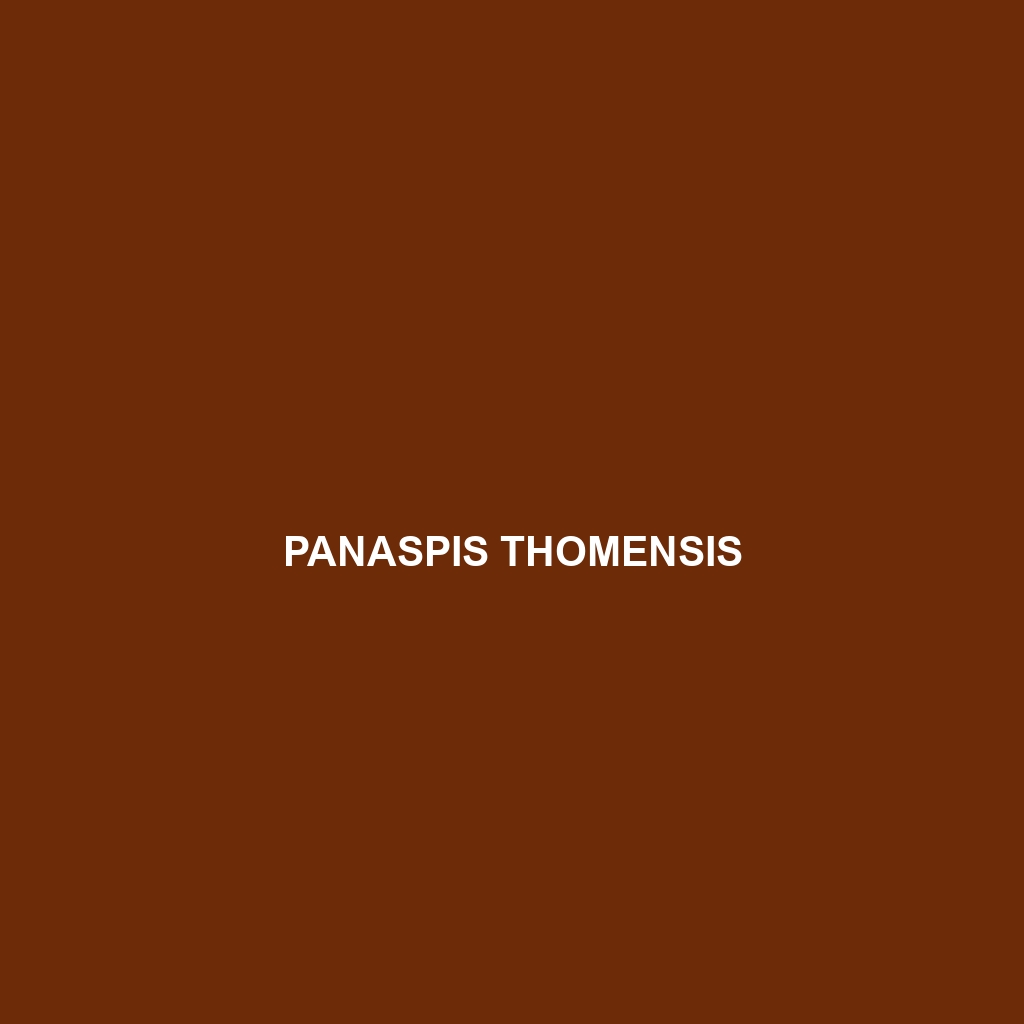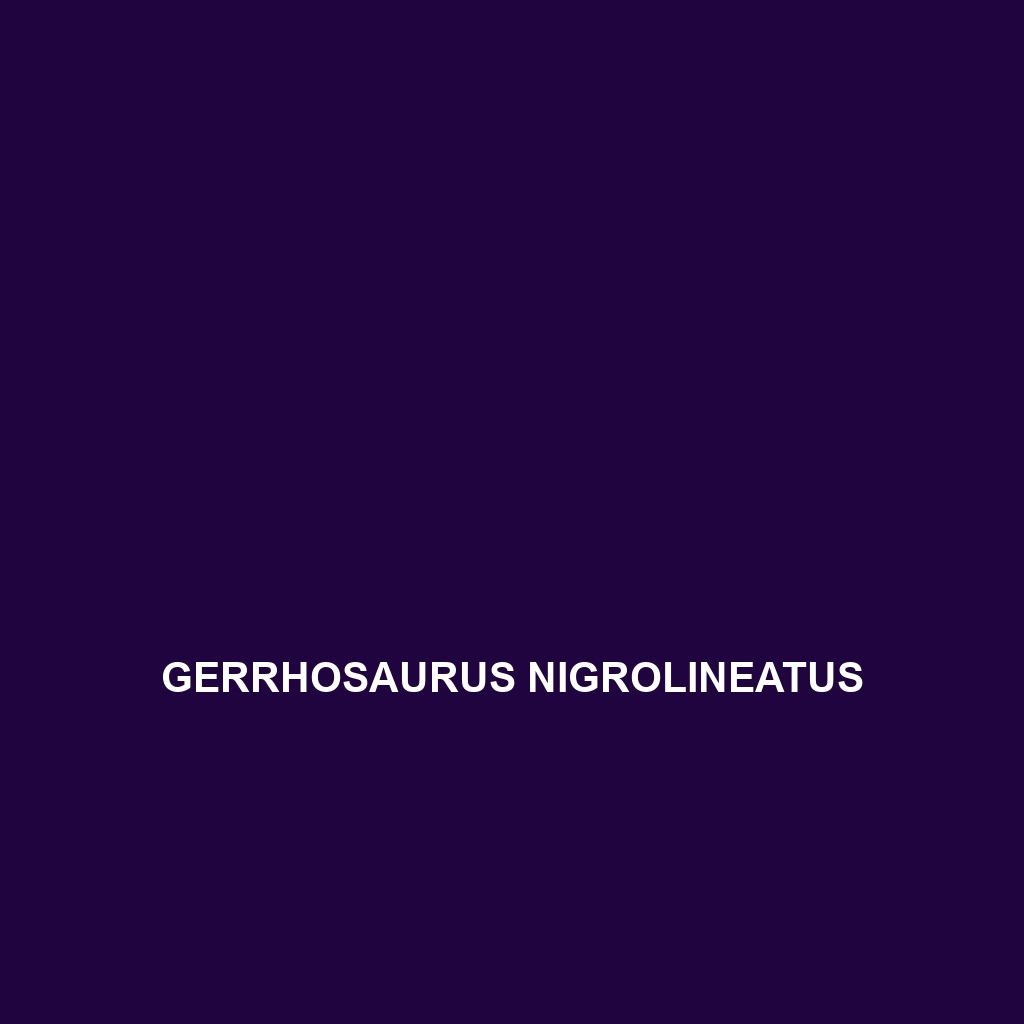<p><b>Sphenomorphus maculicollus</b>, or the spotted-necked skink, is a small to medium-sized insectivore found in the tropical rainforests of Southeast Asia, characterized by its olive-brown coloration and distinctive spotted neck. This agile species plays a vital role in its ecosystem by controlling insect populations and serves as prey for larger animals.</p>
Tag: autotomy in lizards
Podarcis lusitanicus
Discover the Lusitanian wall lizard (Podarcis lusitanicus), a resilient species native to the Iberian Peninsula, thriving in various habitats from temperate forests to urban environments. This slender lizard, measuring 8 to 10 inches in length, features smooth scales and a variable coloration that aids in camouflage, while its omnivorous diet and fascinating reproductive behaviors enhance its ecological significance.
Plestiodon elegans
<p><b>Plestiodon elegans</b>, commonly known as the elegant skink, is a medium-sized lizard native to temperate forests and savannas in the southeastern United States. With its vibrant coloration, long slender tail, and adaptability to diverse habitats, it plays a crucial role in controlling insect populations and maintaining ecological balance.</p>
Panaspis thomensis
<p>The <b>Panaspis thomensis</b>, or São Tomé skink, is a medium-sized, insectivorous lizard native to the tropical rainforests of São Tomé, characterized by its striking dark brown or olive green scales and agile movements. Recognized as 'Vulnerable', it plays a vital role in maintaining ecological balance by controlling insect populations and serving as a food source for predators.</p>
Gerrhosaurus nigrolineatus
The <b>Gerrhosaurus nigrolineatus</b>, or black-lined plated lizard, is a resilient omnivore native to the savannas and scrublands of Southern Africa, recognized for its robust body, striking brown and black striped coloration, and adaptability through unique behaviors including autotomy. This diurnal species plays a vital role in its ecosystem by controlling pest populations and promoting plant growth through its foraging habits.




